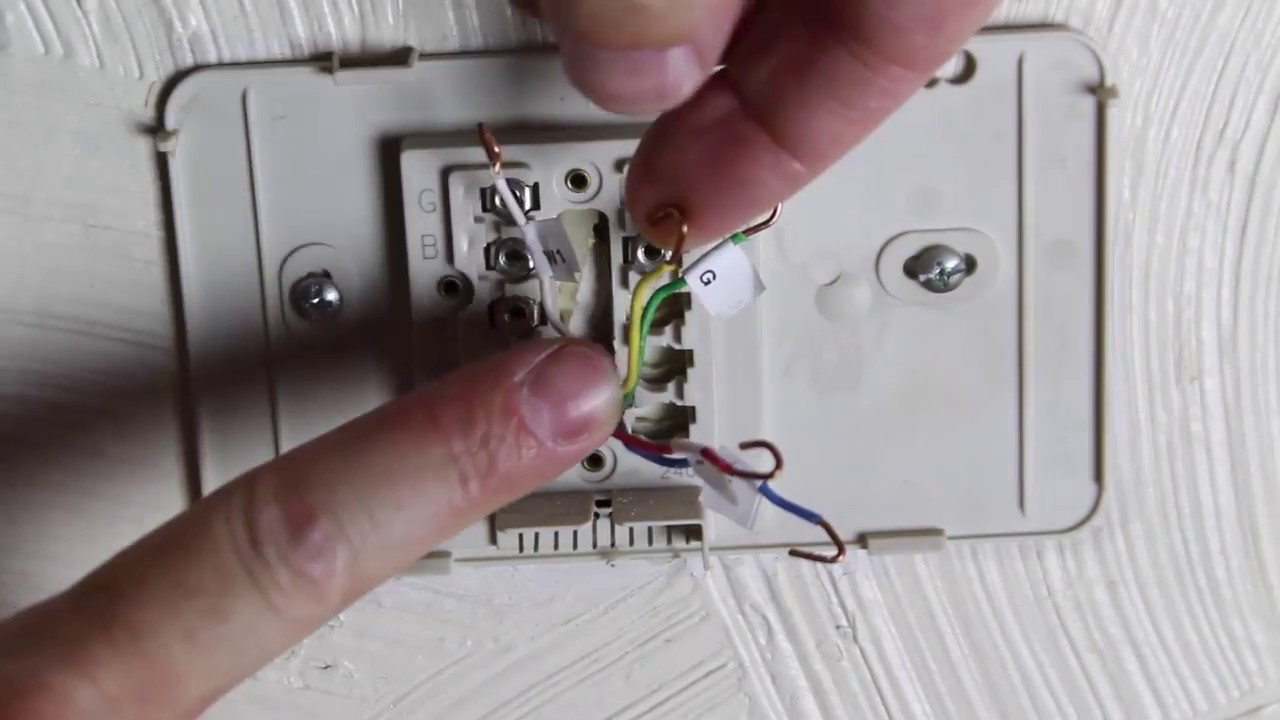Does your home’s heating or cooling system give you migraines? Does the stove turn on over and over again, even though your thermostat is set at 68 degrees? This level of distress impairs your work, your ability to concentrate, your well-being. Nowadays with many of us working from home, your home environment needs to be in check for you to be productive and at ease.
Now, wait for just a second before you call a heating repair professional or order a new smart thermostat online. There are a couple of things you can do to check whether you can repair your present one.
Review the manual
That’s right, going back to basics can be very beneficial and it will save a buck or two. You gain a fundamental understanding of how thermostats work. Most homes have a divider mounted thermostat that works on a 120-volt circuit. In any case, before the 120 volts arrive at the thermostat, they are first associated with a transformer that lessens the voltage to anyplace somewhere in the range of 12 and 24 volts, contingent upon your heater. That is the reason all the wires you see appended to your thermostat are delicate. Presently, here are some common thermostat issues and how to fix them.
Check your thermostat temperatures
There are two temperatures to consider when managing the thermostat; the fixed point temperature and the ambient temperature. The fixed-point climate is the ideal temperature, and the room temperature is the temperature of the space around you. Consequently, the heating gear will be working when the fixed point is over the room temperature. The cooling equipment will be working when your fixed point is underneath the room temperature. On the off chance that the room temperature isn’t perceptible, check it against another thermometer. A computerized thermostat can be adjusted. Mercury thermostats can’t be aligned, yet they should be level to work effectively.
- Here’s another pro-tip: depending on the season, you can set the fixed point temperature to save money on your power or gas bill. If you are leaving your home during the winter months, set the thermostat to a low temperature, that way your gas consumption doesn’t rocket to the moon. Same for hot summer months, if you are off for a few days, increase the fixed point temperature to a higher number so that your AC doesn’t overwork when nobody is home. Keep in mind electronics and other valuables may stop functioning at very high or very low temperatures.
Check the connections
Eliminate the thermostat cover. You will have the option to see the wiring connections. R, W, Y, G, C are the most widely recognized connections. R is for 24-volt power, W is warmed, Y is cool, G is a fan, and C is the conventional 24-volt. If there is no wire for C, the thermostat has a battery. Contingent upon how the thermostat is introduced, R will be associated inside W, Y, or G, flagging the hardware to turn on. Ensure all connections are secure and in great contact.
On the off chance that the HVAC doesn’t warm the room, There are some common reasons for this issue. These incorporate a stumbled circuit breaker, disappointment in the automated logic controls, a free association, a messy thermostat, or a defective battery in your advanced thermostat. The primary thing you’ll need to do is check the electrical board to check whether any switches are off or stumbled. In the case, everything looks OK, check the battery in your thermostat on the off chance that it is an advanced model. Eliminate the front of your thermostat and check all the terminals on the wire. Guarantee that all links are associated with their appropriate terminals and no free or broken cables. Utilize a container of compacted air to clean the thermostat and a delicate brush to eliminate irksome residue. Turn the thermostat to its least setting and clean the bimetal loop. At that point, turn the thermostat to its most unique location and clean the ring once more at the end when wrapped up.
If the warmth doesn’t arrive at the set temperature, this may result from the thermostat being introduced warped. The thermostat should be leveled to work accurately. Utilize a torpedo level to decide whether the thermostat is warped and reconfigure it.
When the radiator cycles on and off in short cycles, this is typically brought about by a free association or a messy thermostat. Follow similar thermostat cleaning procedures as portrayed above, and this ought to take care of the issue.
These issues are the most well-known issues influencing most thermostats and can be effortlessly repaired much of the time. Nonetheless, on the off chance that you have a more seasoned thermostat, it is suggested that you introduce a more up to date advanced model. It will help keep your home more agreeable and even lessen your heating or cooling bills by programming the thermostat. Need new automated logic controls for your or another thermostat? Look at brands, types, and costs.

Leave a Reply